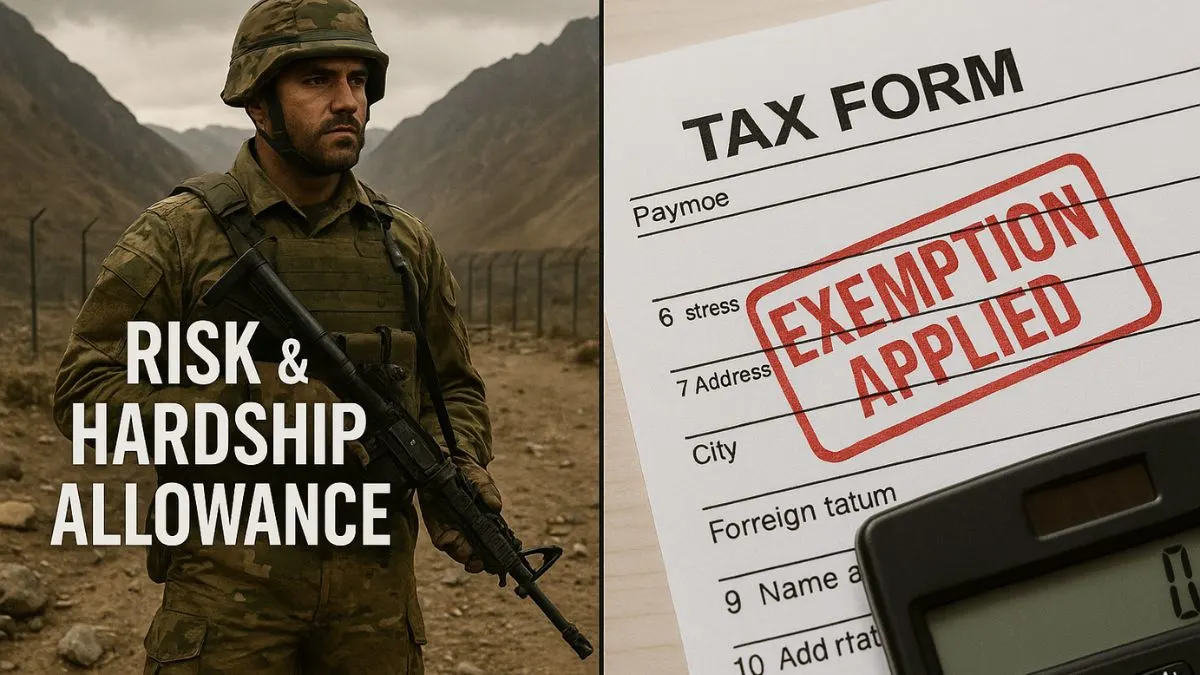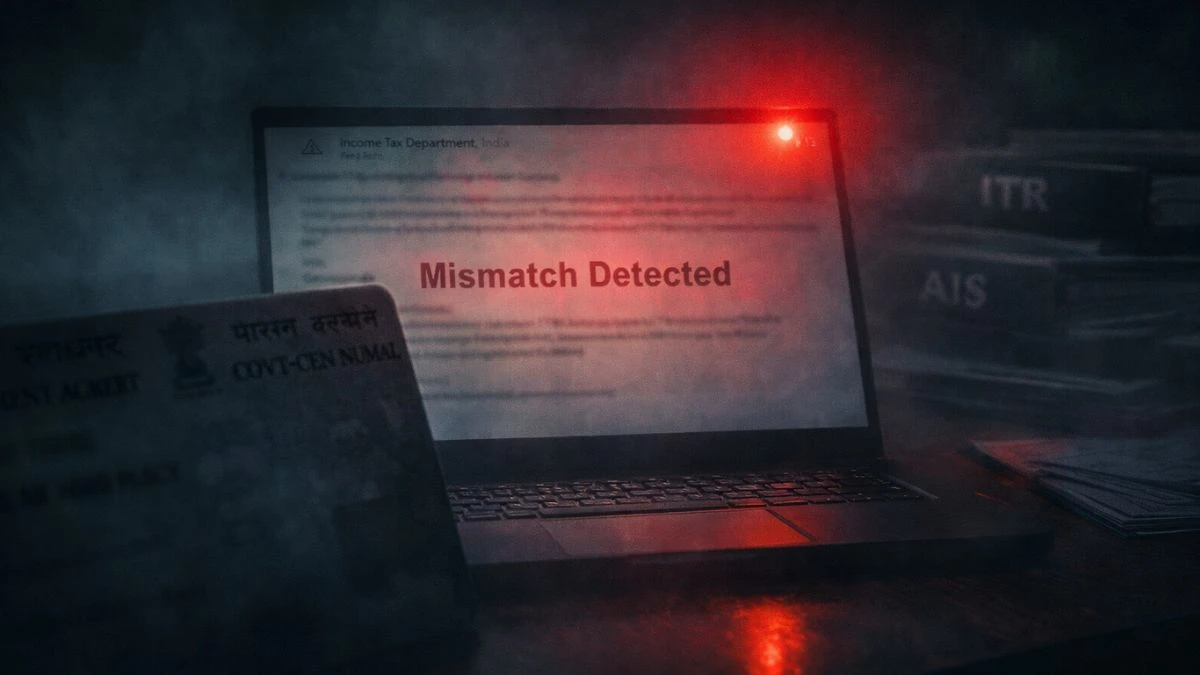
In India, the Income Tax Act offers several exemptions & deductions to reduce the tax burden on salaried individuals. However, when it comes to risk & hardship allowance exemption in the income tax section, there is often confusion about what is taxable & what is exempt. This article will break down everything you need to know about this topic in simple terms.
What is Risk and Hardship Allowance?
Risk & hardship allowance is a type of allowance provided to employees who are posted in difficult, risky, or harsh working conditions. These allowances are typically given to individuals working in challenging environments, such as military personnel, paramilitary forces, miners, or workers in hazardous industries.
The allowance is intended to compensate employees for the additional risks & hardships associated with their job.
Is Risk & Hardship Allowance Taxable?
One of the most commonly asked questions is whether the risk & hardship allowance exemption in the income tax section exists or not. To clarify, no exemption is available in the Income Tax Act specifically for risk & hardship allowance as a standalone category.
However, there are certain special allowances listed under Section 10(14) read with Rule 2BB of the Income Tax Rules, which provide partial or full exemptions for allowances provided under specific conditions."
Tax Exemption on Hardship & Risk Allowance: What Does the Law Say?
While these allowances are exempt from tax under specific categories mentioned in the rules, the Income Tax Act does not recognize every type of hardship allowance for tax exemption purposes. The exemption is limited to ₹ 3,200 per month for employees working in specific difficult areas or hazardous conditions.
For instance, employees stationed in high-altitude or difficult terrains may receive hardship allowances exempt up to ₹ 3,200 per month. The Government of India notifies the list of such areas & conditions for which the exemption applies.
Scenarios Where No Exemption Is Available
If an employee receives a hardship allowance or risk allowance that is not specifically covered under Section 10(14), then the allowance becomes fully taxable. This means if the allowance is paid for general risks or not notified by the government as exempt, it must be added to the taxable income.
This is why it is crucial to check whether your specific risk & hardship allowance falls under the exempt list provided by the Central Government.
How Much Risk & Hardship Allowance is Exempt?
To summarize:
- Exempt up to ₹ 3,200 per month (or ₹ 38,400 annually) for specific posts or difficult areas notified by the government.
- Any amount beyond this is taxable unless specifically provided for under other sections.
It is also important to remember that this exemption applies only if the allowance is part of your salary structure & is notified under the Income Tax Rules.
Practical Example:
Let’s take an example to understand this better.
If you are an employee working in high-altitude areas & receive ₹ 4,000 per month as a hardship allowance:
- ₹ 3,200 per month is exempt from income tax.
- The remaining ₹ 800 per month (i.e., ₹ 9,600 annually) is taxable & will be added to your income under the head “Salaries”.
Why Is There Confusion About Risk & Hardship Allowance?
Many employees mistakenly believe that all risk or hardship allowances are fully exempt. The truth is that the Income Tax Act does not offer a blanket exemption. The exemption is subject to conditions & is only for specific hardship postings or recognized job categories.
Additionally, the terminology used by various organizations differs. Some companies label this as risk allowance, others call it hardship allowance—but unless it fits the criteria under Section 10(14), no exemption is available in the Income Tax Act.
Important Takeaways for Taxpayers:
- Check your pay slip: If you receive a hardship or risk allowance, check if it is separately mentioned & recognized for tax purposes.
- Verify notifications: Only allowances notified by the Central Government under Rule 2BB qualify for exemption.
- Calculate taxable income correctly: Always include the taxable portion of any allowance in your income to avoid tax notices or penalties."
How to Claim Exemption on Risk & Hardship Allowance?
When filing your Income Tax Return (ITR), you can claim exemption on eligible allowances in the section where you declare salary income. Most online ITR platforms & Chartered Accountants will help you compute this automatically.
If you are unsure whether your allowance qualifies, it’s wise to consult a tax expert to avoid any errors.
👉 Need help with your Income Tax Return? Don’t worry—our experts at Callmyca.com are here to help you file accurately & maximize your exemptions. Click now to get expert advice you can trust!











